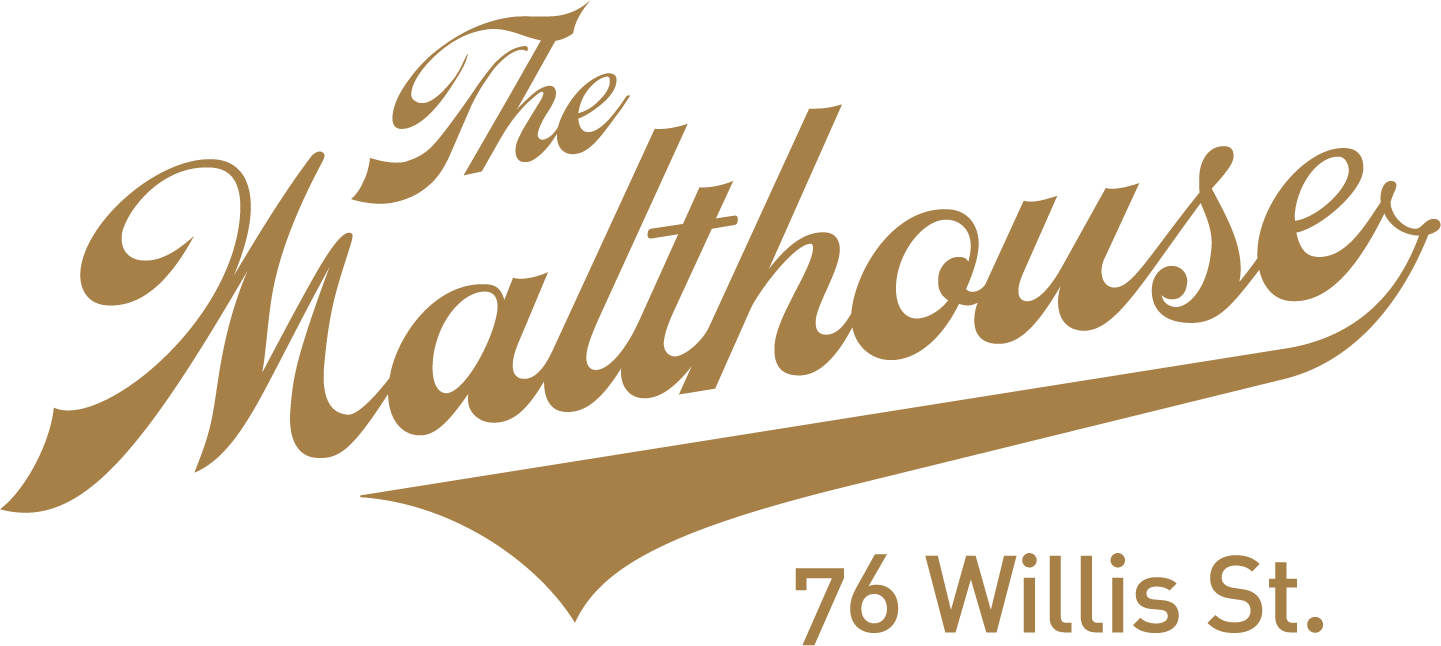when speaking. Given my severely limited foreign language learning skills at the best of times, it was always implausible that I was going to be become fluent in just three weeks.
As events transpired, I probably only mastered half a dozen short Chinese phrases starting with the virtually compulsory ‘nee hao’ (hello) and shie shie (thank you). If I was going to be functionally illiterate for twenty one days, it seemed a wise idea to at least be polite.
The third Chinese word I learnt was ‘pee-jio’ which means ‘beer’. This was one term I had down pat and happily used at every opportunity. However, it was only in week two that I became aware of the magic word. In this case, the magic word is not ‘please’, it is ‘bing’ which actually means ‘cold’.
So my regular refrain when asked what I wanted to drink doubled in length to ‘bing pee-jio’ (cold beer). Without the magic word, beer in Beijing tends to be served at room temperature. This is not ideal for the light golden lagers popular in China and indeed throughout much of Asia.
I tried around 25 different types of Chinese beer but would honestly struggle to differentiate most of them in a blind taste test. The vast majority were clear, golden with soft flavours and gentle finishes. I am confident that I would be able to recognise the pineapple-flavoured beer from Yanjing but I’m pretty sure I never want to taste that again. On the flip side, beer in China can be incredibly cheap. We worked out that for one crate of beer bought from the corner mini-mart it was literally 28 cents for a 500ml bottle. You can forgive a few flaws at that price.
The Malthouse stocks two fine Asian lagers though the price is somewhat higher than the Beijing markets. Of course, you can trying bargaining with the staff but I doubt the price will come down. It may even go up.
Japan makes a range of pleasant lagers and, perhaps more surprisingly, a number of dark German-style lagers which we rarely see here. One of the most popular Japanese beers is Sapporo Draft (5%) which is, somewhat ironically, available in a bottle or can. Draft in this context refers to a style of beer rather than the way it is dispensed.
Sapporo is the oldest continuously operating brewery in Japan. Beer is hugely popular in Japan with vending machines dispensing cans in exotic places such as the top of a mountain or the first aisle of the supermarket. In unrelated news, Japanese males are more likely to go mountain-climbing or grocery shopping than their kiwi counterparts.
This is a pleasant, light Japanese beer with a gentle hop aroma and crisp finish. Smooth and inoffensive, many consider Sapporo to be a good accompaniment to food particularly grilled meats because it will not overwhelm them. Australian beer writers Ben Canaider and Greg Duncan Powell wrote
the flavours are so, light and polite that it’s almost not there – a bit like really expensive sushi.
It is not too hard to see the attraction of this popular brew.
Founded in 1931 in Singapore, Tiger (5%) is a massively popular Asian lager and a good example of the style. Now part-owned by Heineken, this beer is designed to have a mild aroma, clean finish with a relatively high level of sweetness and a just trace of hop bitterness. This profile makes Tiger a quaffable beer in any environment and a fine accompaniment to spicy foods.
Beer scribe and man about town Cameron Williamson unearthed a great story about Tiger several years ago. The beer has a unique place in literary circles because English writer Anthony Burgess named his first novel “Time for a Tiger” after the beer’s advertising slogan. As a struggling writer, he hoped the Tiger brewery might send him a complimentary case of beer. They did, eventually – several decades later, after Burgess had become internationally famous. “Alas,” he wrote, “by then I had become wholly a gin man.”
Gan-bay (Cheers)

